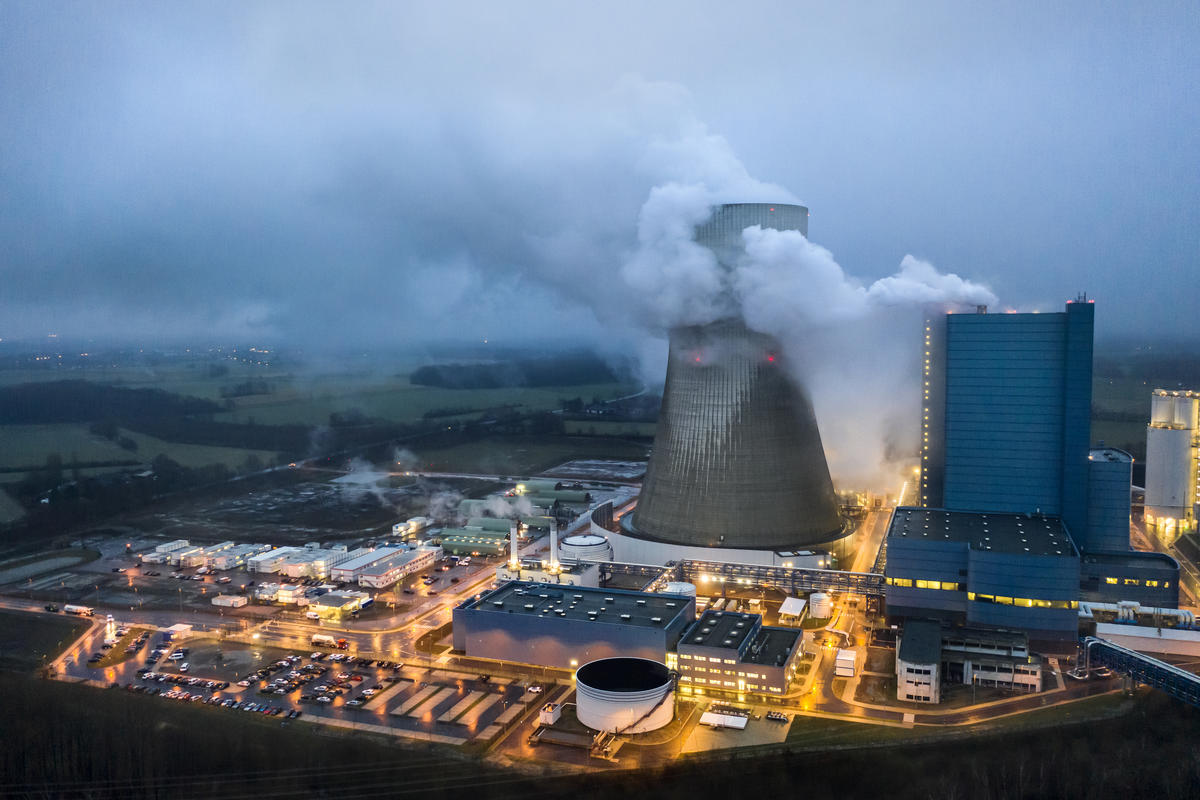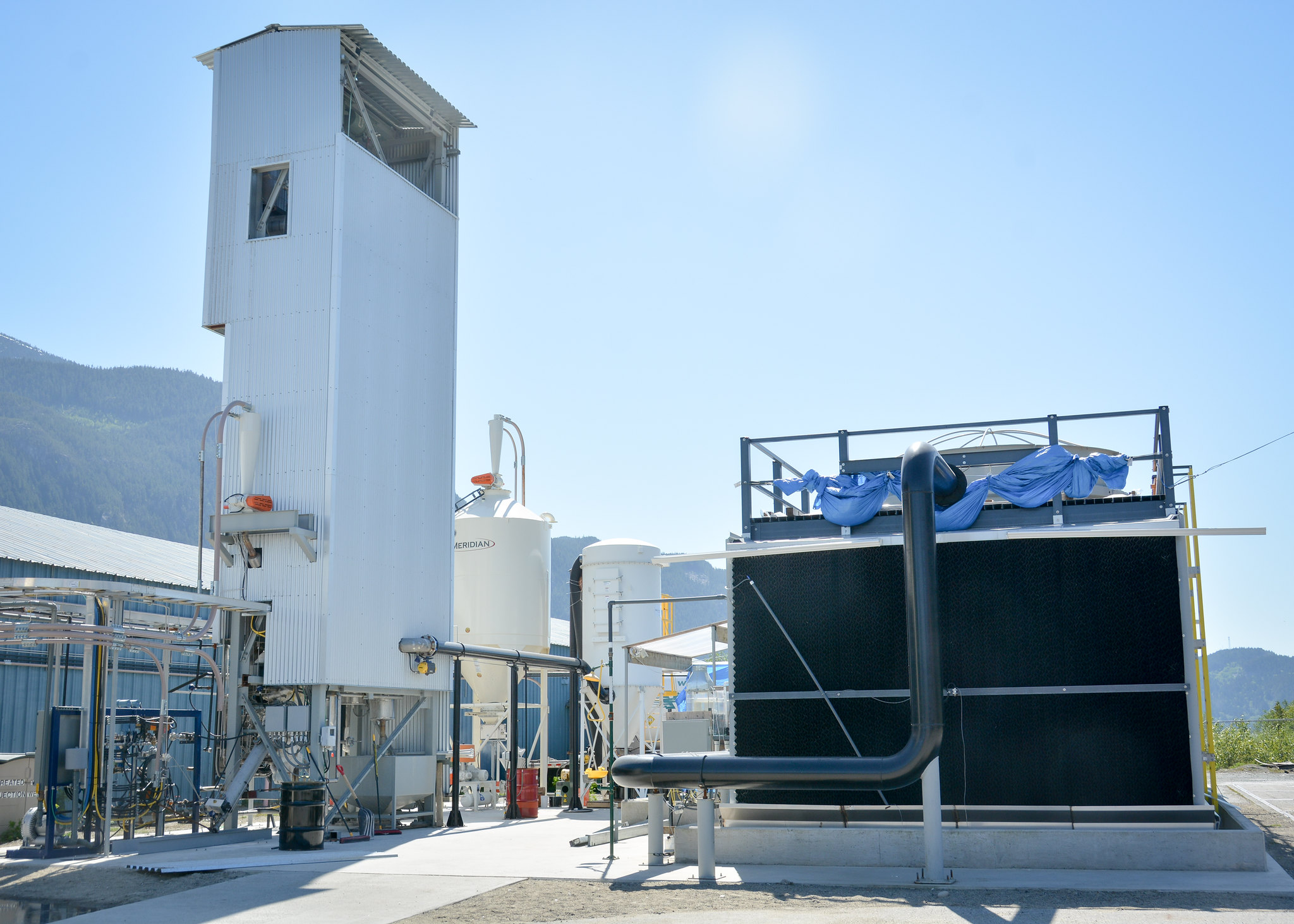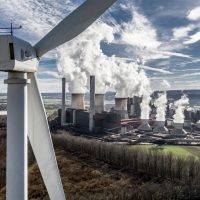Burning fossil fuels releases greenhouse gases including carbon dioxide, which causes climate change.
Carbon capture technology is as yet unproven in actually reducing emissions from fossil fuel use and industry at an affordable cost. And the promise of carbon capture and storage may even be encouraging continued fossil fuel use. Carbon capture and storage (CCS) prevents carbon dioxide from being released into the atmosphere, for example from power stations or industrial processes. The captured carbon dioxide is then stored deep underground. Direct-air capture takes carbon gases from the air. This might be helpful but is currently very expensive. Realistically there is no way it could compensate for all the emissions that are currently being emitted. What is carbon capture technology?
Carbon capture and storage (CCS)

Direct-air capture (DAC)

CCS must not be used to justify more fossil fuel use. In most cases, switching to renewable energy and electrification provide better alternatives.
Here’s what you need to know.
What is carbon capture and storage?
Carbon capture and storage (CCS) is a process which stops climate-warming carbon emissions at source – such as from power stations or heavy industry – from polluting the atmosphere.
The carbon is then stored underground, under either land or sea, in empty oil and gas wells or other geological formations.
Does carbon capture work?
If CCS can be done at a big enough scale, it may capture some emissions. But even though it has been talked about for a long time, there are still many environmental, political and economic issues with it. Because of these issues, it is not yet proven to be deliverable or cost-effective at the level needed.
Currently, carbon capture technology is not advanced enough to remove emissions directly from the air at any scale that would be useful.
Concerns about CCS
Many scientists believe CCS should only be used when emissions would be hard to reduce otherwise. For example, cement kilns, or other industries that need high temperatures, like glass production.
A number of top climate scientists have expressed concerns that CCS in the UK is being used inappropriately. They say that there’s little benefit in using CCS as a major part of the UK’s energy strategy, and that the focus should be on renewable energy and storage, energy efficiency and reducing demand.
A further concern is that functioning CCS has proved hard to deliver. And concentrating money and political energy on it, instead of genuinely clean solutions, will slow the transition to net zero.
Pros and cons of CCS
Supporters of CCS – mainly industries that emit lots of carbon – claim that the process works in theory, it just needs to be put into practice. But sceptics point to the fact that this has failed to happen successfully over the past three decades.
Advantages of CCS
In theory, CCS at a big enough scale, and not tied to increasing fossil fuel usage, could be used to reduce the amount of carbon dioxide already in the atmosphere.
But that’s not what’s happening – CCS projects are pretty much all linked to existing fossil fuel use, including getting more out of the ground.
Disadvantages of CCS
Oil and gas companies have been accused of using CCS as a cover for business as usual. The fossil fuel industry favours CCS because it would allow more fossil fuel extraction, with the inevitable climate changing emissions and pollution that goes with it.
CCS on fossil fuel equipment like power stations or drilling rigs are not – even in theory – the zero-carbon infrastructure we need to hit climate targets. This is because it would only encourage more fossil fuel use.
Is carbon capture expensive?
When CCS is attached to coal and gas power stations it is likely to be at least six times more expensive than electricity generated from wind power backed by battery storage.
This lends itself to the argument that the promise of CCS is being used as a cover for the fossil fuel industry to continue business as usual.
Is carbon capture zero carbon?
CCS is not zero carbon emissions. Usually there will be leftover emissions – capture rates of CO2 are generally thought of as needing to be around 90% or even higher, although in practice almost no projects have delivered that.
And with the additional fuel to run the carbon capture process it means that effective greenhouse gas reductions might only be around 70%.
Some people propose using CCS to create hydrogen, which can be burned as an alternative to gas. But one study found that doing this would be even worse than just burning fossil gas directly.




